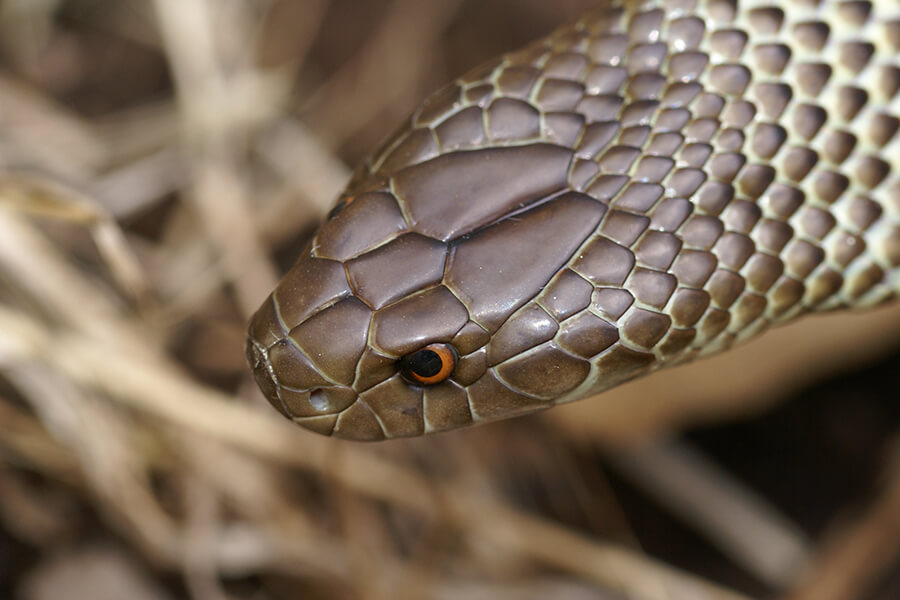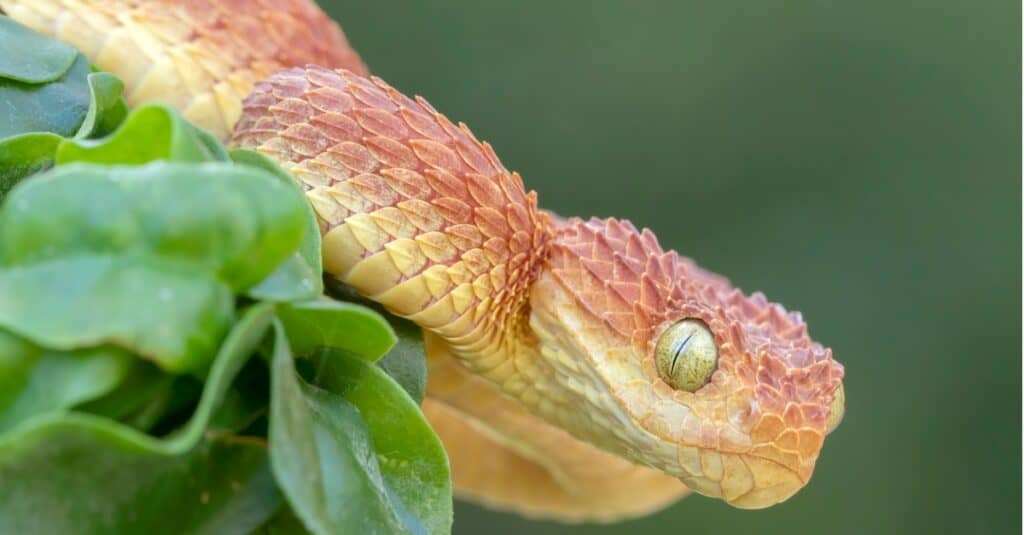Introduction
Australia is renowned for its one-of-a-kind wild animals, consisting of a diverse array of poisonous serpents. These animals, while frequently been afraid, play essential roles in maintaining eco-friendly balance. Understanding the conservation of Australia's venomous snakes and the function that education and recognition play can significantly boost our coexistence with these remarkable reptiles. This short article checks out different elements of serpent conservation, the significance of public education, and practical first aid steps for snake bites.
Conservation of Australia's Venomous Snakes: The Function of Education and Awareness
In Australia, snakes are a vital part of the ecological community, regulating pest populations and contributing to biodiversity. Nevertheless, many species deal with risks because of environment loss, climate adjustment, and human task. The preservation initiatives targeted at securing these reptiles hinge considerably on education and elevating recognition among the public.

By informing individuals concerning serpent actions, their environmental value, and safe techniques for cohabiting with them, we can reduce fear-driven actions that result in unneeded killings or injuries. Educational initiatives assistance resolve misconceptions bordering snakes-- such as the common concern: are tiger snakes venomous?-- and urge respect for their role in nature.
The Relevance of Understanding Programs
Awareness programs are essential in changing public assumptions concerning snakes. Several individuals view these reptiles as naturally unsafe without recognizing their eco-friendly functions. Public outreach efforts can consist of workshops, community events, college programs, and info campaigns developed to inform individuals concerning:
- Identification of poisonous species: Comprehending which serpents threaten helps individuals stay clear of encounters. Safe behaviors: Training people just how to act around serpents can stop bites. First help knowledge: In instances where bites do happen, being informed concerning emergency treatment for snake attacks can save lives.
By raising recognition via structured education and learning efforts, we can cultivate a culture that respects wildlife and concentrates on coexistence as opposed to fear.
Types of Venomous Snakes Established In Australia
Australia is home to several of the world's most venomous snakes. Here's a brief review:

- Commonly discovered in coastal regions. Known for its potent neurotoxic venom. Frequently seen near water bodies.
- Highly aggressive with powerful venom. Responsible for more snakebite casualties than any kind of other species in Australia.
- Known for its ambush hunting style. Has swift striking rate with extremely neurotoxic venom.
- One of Australia's biggest venomous snakes. Its bite can provide large amounts of neurotoxin.
- Generally non-aggressive but still possesses dangerous venom. Found mainly along the southwestern coast.
Understanding Their Habitats
Understanding tiger serpent habitat is important for both preservation efforts and public safety. Tiger snakes prosper in areas near water resources such as swamps, lakes, and marshes but they also populate coastal areas. Protecting these environments is important for making sure the survival of not only tiger snakes but also other wild animals within these ecosystems.
Habitat Protection Initiatives
Various organizations work in the direction of environment security with campaigns such as:
- Establishing protected areas Restoring broke down habitats Promoting lasting land usage practices
These gauges not only benefit tiger serpents but contribute to total biodiversity conservation.
The Duty of Study in Preservation Efforts
Research plays a crucial role in comprehending snake populations and their health standing. Recurring researches into the ecology and behavior of Australian serpents notify conservation techniques by offering data on population numbers, reproducing patterns, and risks encountered by various species.
Key Study Locations Include:
- Venom analysis Population dynamics Habitat preferences
This study can direct reliable monitoring strategies to safeguard at risk types while facilitating conjunction with humans.
First Aid for Snake Bites: Vital Knowledge
One critical facet that intertwines with education and learning is knowing what to do in instance one deals with a snake bite-- a First aid for snake bites situation that requires prompt action skills.
What Every First Aid Set Need To Contain
A correct snake bite first aid set must include:
- Compression bandages Sterile gauze pads Antiseptic wipes A splint or immobilization device Emergency contact numbers
Step-by-Step Emergency treatment Treatment for Serpent Bite
Remain calm; attempt to limit activity as it may spread out venom quickly. Apply a compression bandage over the bite website without removing circulation. Keep the bitten arm or leg debilitated at or below heart level. Seek emergency medical assistance immediately.Why Education on Emergency treatment Is Crucial
Educating communities concerning emergency treatment steps ensures prompt reactions throughout emergencies which can substantially decrease morbidity connected with serpent attacks across Australia.
Frequently Asked Concerns (Frequently asked questions)
1. Are tiger snakes venomous?
Yes! Tiger snakes are very poisonous with neurotoxic effects that make punctual medical therapy necessary after a bite.
2. What must I do if bitten by an infant tiger snake?
Follow criterion emergency treatment procedures right away-- keep one's cool, incapacitate the limb, use pressure above the bite site using a bandage or fabric without limiting blood flow-- and look for clinical assistance without delay.
3. Just how common are serpent attacks in Australia?
While stats differ year-to-year as a snakes in australia result of aspects like climate condition affecting serpent tasks; typical reports recommend around 300 instances each year with deaths being fairly unusual because of enhanced medical responses.
4. Can I treat a serpent bite at home?
No! Home therapies such as applying ice or drawing out poison are ineffective; specialist medical interest is essential after any suspected bite incident.
5. What's unique about eastern brown snakes?
They're recognized for their hostile nature incorporated with potent poison; they account for most fatal attacks in Australia due largely to their proximity to inhabited areas!

6. What are some typical indicators following a serpent bite?
Symptoms might consist of swelling around the bite location, discomfort at or near the site; systemic signs and symptoms might include nausea or trouble breathing depending on toxin kind absorbed into bloodstream!
Conclusion
Conservation efforts surrounding Australian venemous snakes depend upon effective educational methods that encourage neighborhoods while promoting regard towards these often-misunderstood creatures! By enhancing recognition concerning their environmental relevance along with appropriate security methods-- including emergency treatment understanding-- we pave roads towards sustainable conjunction profiting both human more info beings & & wildlife alike!
In significance-- the conversation surrounding conservation must continue prospering through proactive involvement weding scientific study together with neighborhood involvement making sure purposeful influence today & & tomorrow!